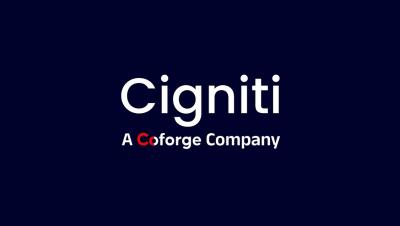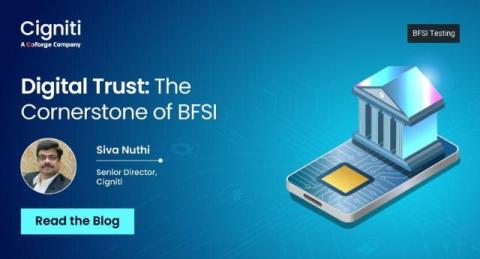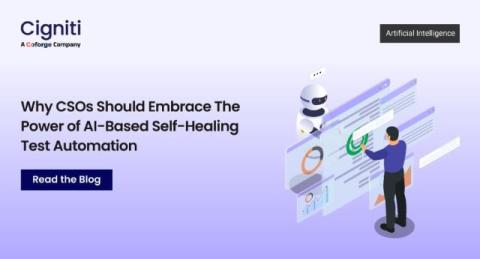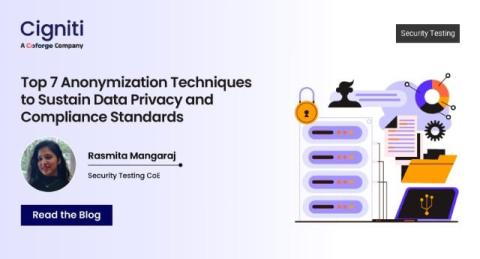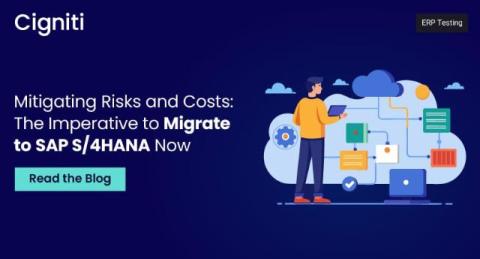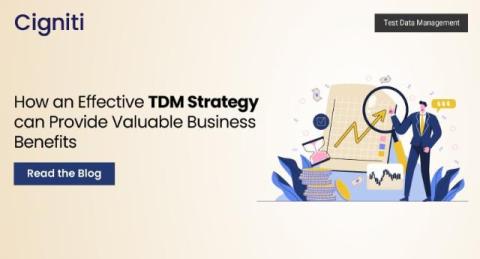Data-Driven Healthcare: Boosting Efficiency and Patient Care with Predictive Analytics
In the highly competitive healthcare industry, optimizing operational efficiency and enhancing patient care are paramount. A leading healthcare provider in the APAC region, known for running one of the largest hospital chains, faced a significant challenge: a drop in inpatient volumes coupled with rising operating costs.






